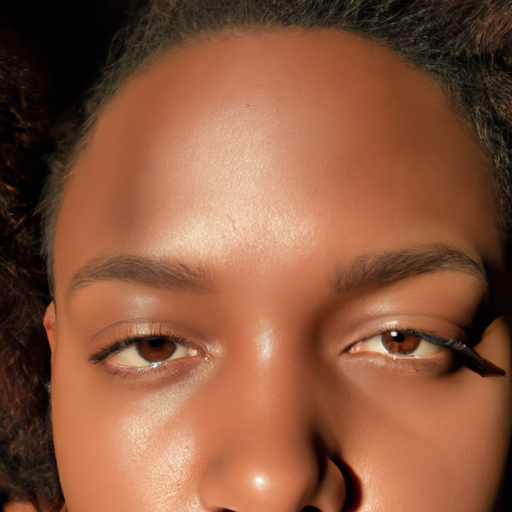As a dermatologist, I am often asked about the best ways to maintain healthy, glowing skin. One of the most effective methods is through the use of face and body exfoliants. These products can help to remove dead skin cells, unclog pores, and promote the growth of new, healthy skin cells. In this article, I will provide a comprehensive guide to face and body exfoliants and their usage.
Exfoliation is a natural process that our skin undergoes to shed dead skin cells and make way for new ones. However, as we age, this process slows down, leading to a buildup of dead skin cells on the surface. This can result in dull, dry, or flaky skin, and can also contribute to the development of acne and other skin problems. Exfoliants can help to speed up this process and keep your skin looking fresh and radiant.
There are two main types of exfoliants: physical and chemical. Physical exfoliants use small particles or granules to physically scrub away dead skin cells. These can include ingredients like sugar, salt, or ground nut shells. While physical exfoliants can be effective, they can also be harsh on the skin if used too frequently or if too much pressure is applied during use.
Chemical exfoliants, on the other hand, use chemicals to dissolve the bonds between dead skin cells so they can be easily washed away. These can include ingredients like alpha hydroxy acids (AHAs), beta hydroxy acids (BHAs), and retinoids. Chemical exfoliants tend to be gentler on the skin than physical ones, but they can still cause irritation if used too frequently or if your skin is sensitive.
When it comes to using exfoliants, less is often more. Over-exfoliation can lead to redness, irritation, and even damage to the skin’s protective barrier. As a general rule, I recommend exfoliating no more than once or twice a week. If you’re new to exfoliating, start with once a week and see how your skin reacts before increasing the frequency.
Before applying an exfoliant, cleanse your skin thoroughly to remove any makeup, dirt, or oil. Then, apply the exfoliant according to the product’s instructions. This usually involves massaging the product into your skin in a circular motion, then rinsing it off with warm water. After exfoliating, be sure to moisturize your skin to replenish any moisture that may have been stripped away during the process.
Choosing the right exfoliant for your skin type is also crucial. If you have dry or sensitive skin, look for a gentle chemical exfoliant with AHAs like lactic or mandelic acid. If you have oily or acne-prone skin, a BHA like salicylic acid may be more effective. And if you have mature skin, a retinoid-based exfoliant can help to reduce signs of aging like fine lines and wrinkles.
In conclusion, exfoliation is a key component of a comprehensive skincare routine. When done correctly and with the right products, it can help to reveal a more radiant, youthful complexion. However, it’s important to remember that everyone’s skin is different, and what works for one person may not work for another. Always listen to your skin and adjust your routine as needed. If you’re unsure about which exfoliant to use or how often to use it, don’t hesitate to consult with a dermatologist or skincare professional.




